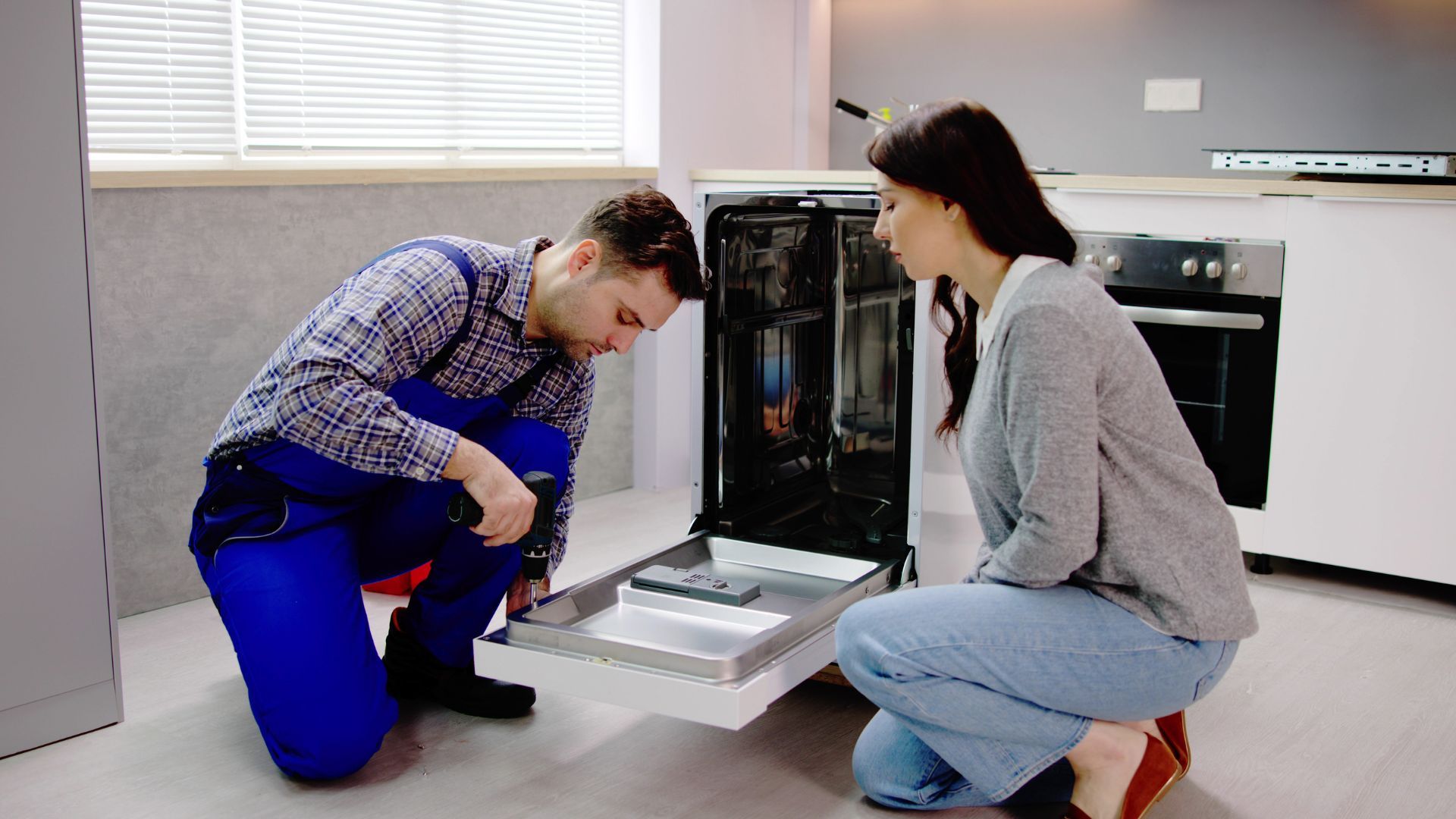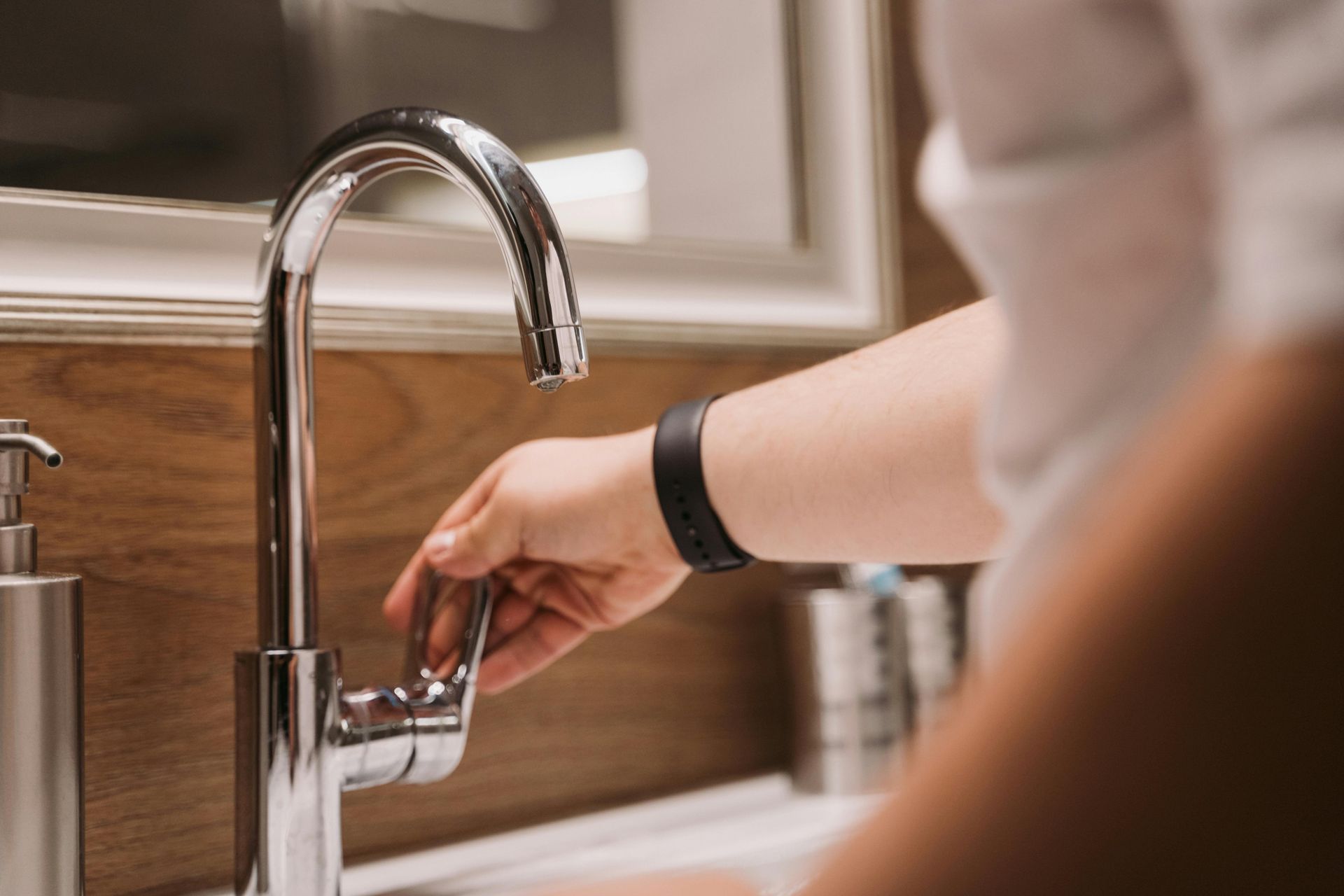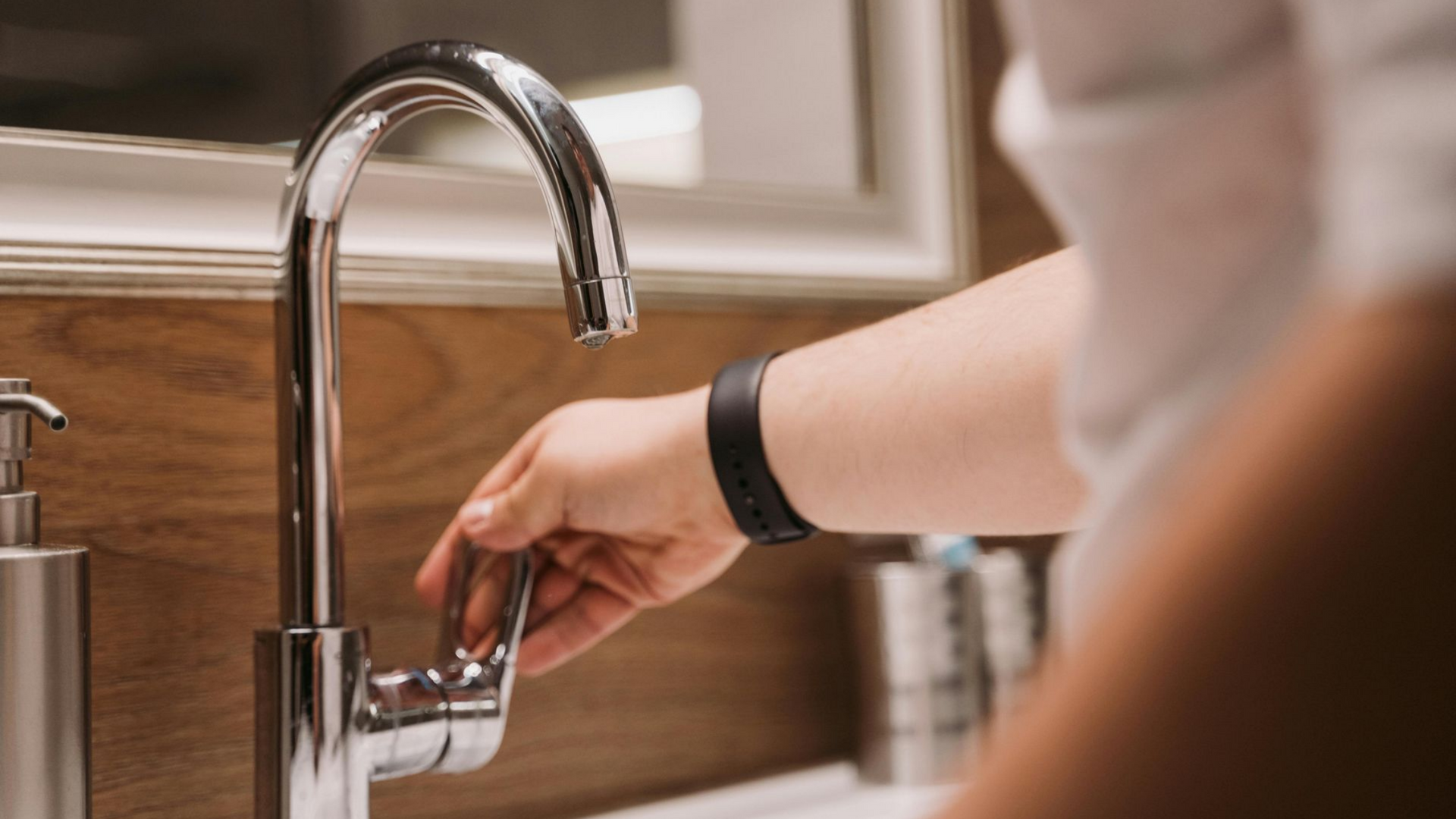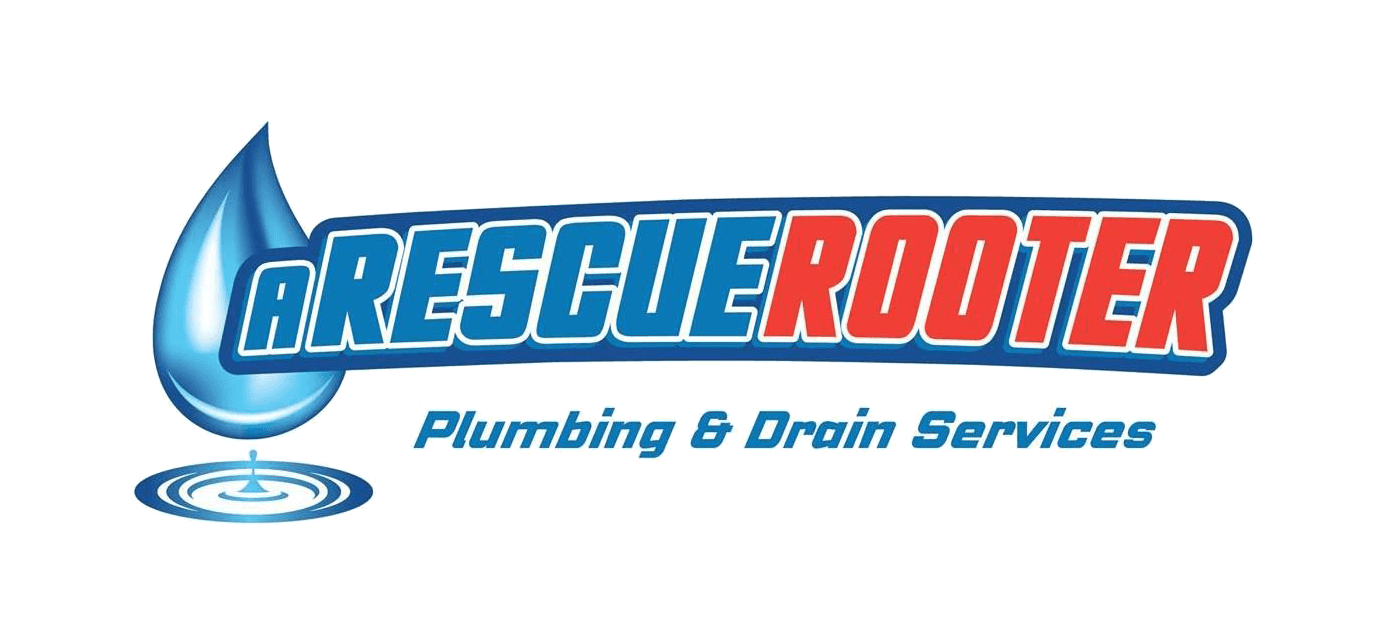Common Plumbing Issues as Your Home Ages
Plumbing Issues as Your Home Ages
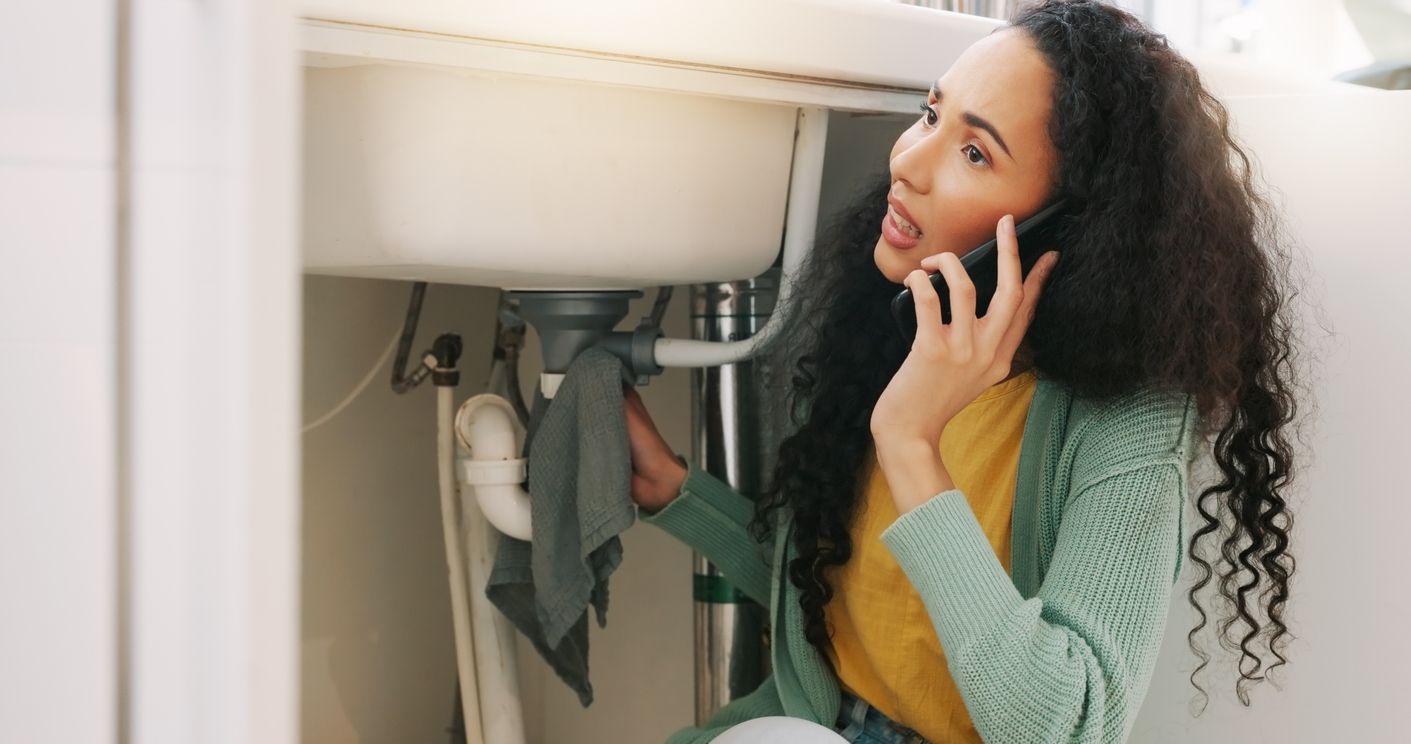
As your home ages, so does its plumbing system. Over time, wear and tear can lead to a range of problems that, if left unchecked, may cause costly damage. Whether you're a homeowner, a DIY enthusiast, or a property manager, understanding these common issues can help you save money and keep your property in tip-top shape.
Here’s a rundown of the most common plumbing issues faced by older homes and how to address them.
ab1. Leaky Pipes
One of the most common issues in aging homes is leaky pipes. Over time, corrosion can weaken plumbing materials like copper or galvanized steel. This leads to small cracks or pinhole leaks, which, if untreated, can cause water damage or even flooding.
aiiSolution:
- Look for visible signs of leaks, like water spots on walls or ceilings.
- Replace damaged sections of pipe immediately using PEX or copper piping.
- If leaks persist, call a professional plumber at A Rescue Rooter to assess and replace corroding pipes.
ab2. Low Water Pressure
Do your faucets or showers have less pressure than they used to? This could be a sign of mineral buildup inside your pipes or even hidden leaks in the system.
aiiSolution:
- Clean aerators and showerheads to remove mineral deposits.
- If the issue persists, have your pipes inspected by a professional to locate any blockages or leaks causing the pressure drop.
ab3. Clogged or Slow Drains
Over time, hair, grease, and debris can build up in your drains, leading to slow or complete clogs. This issue is especially common in bathrooms and kitchens.
aiiSolution:
- Use a plunger or plumbing snake to clear out small clogs.
- Avoid chemical drain cleaners, as they can damage old pipes.
- For persistent clogs, contact A Rescue Rooter to safely remove the blockage.
ab4. Outdated Fixtures
Faucets, showerheads, and other fixtures may start to wear out as your home ages. Older fixtures often lead to leaks, drips, and reduced water efficiency.
aiiSolution:
- Upgrade to modern, high-efficiency fixtures that help save water while improving performance.
- Look for fixtures labeled with the WaterSense certification for ultimate water efficiency.
ab5. Water Heater Problems
Older water heaters can become less efficient and may even start to fail, causing insufficient hot water or leaks.
aiiSolution:
- Flush your water heater tank annually to remove sediment buildup.
- Check for rust or corrosion on the exterior of the tank.
- Consider upgrading to a tankless water heater, which is compact and energy-efficient.
ab6. Sewer Line Issues
Sewer lines in older homes can deteriorate over time due to tree root intrusion, shifting soil, or general wear. This can lead to backups, unpleasant odors, and slow drainage.
aiiSolution:
- Watch for signs of sewer line trouble, such as gurgling drains or foul smells.
- Avoid planting trees near sewer lines to prevent root damage.
- Call a licensed plumber for a sewer camera inspection to pinpoint the issue.
ab7. Old Pipe Materials
Homes built before the 1980s often use plumbing materials such as galvanized steel and lead, which are prone to corrosion and can even pose health risks.
aiiSolution:
- Replace galvanized steel pipes with modern materials like PEX or copper piping.
- If your home has lead pipes, consult with a professional plumber immediately for replacement to ensure your water is safe to drink.
aiiWhy Choose A Rescue Rooter?
Keeping your home’s plumbing in good shape doesn’t always mean doing it yourself. Some problems require professional expertise. That’s where A Rescue Rooter comes in.
Here’s why homeowners in Hamilton, Brantford, and Burlington trust us:
- No Premium Charge for Weekend or Evening Appointments: Plumbing emergencies don’t just happen during office hours, and we’ll never charge you extra for after-hours service.
- Experienced Professionals: We’ve seen it all—from leaky pipes to major sewer line issues—and we’re equipped to handle any job, big or small.
- Customer-Centered Service: We pride ourselves on delivering transparent, reliable service you can count on.
aiiProtect Your Plumbing Investment Today
Preventative care is the key to extending the life of your home’s plumbing system. Regular inspections and maintenance can save you time, money, and headaches down the line.
Need help solving a plumbing problem or want to schedule routine maintenance? Contact A Rescue Rooter today for prompt, professional service without the premium charges.
Give us a call or visit our website to schedule your appointment.
aiiYour aging home deserves reliable plumbing. We’re here to help and only a phone call away at (905) 521-8284!
